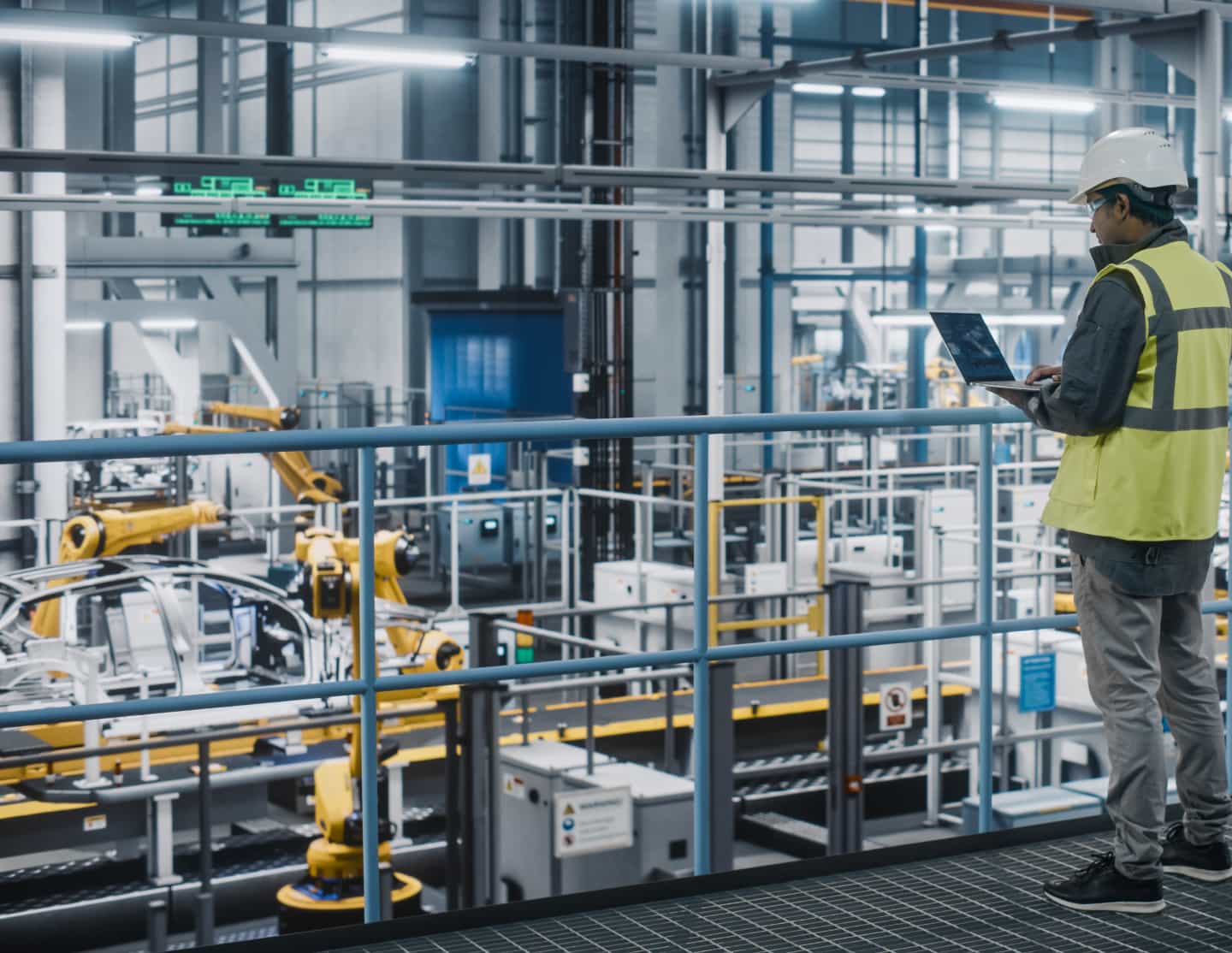OT cybersecurity is crucial for helping safeguard your networks, systems, and applications from cyber threats. Building a robust OT cybersecurity framework creates comprehensive guidance for the whole company. LeveL5Cyber’s experts can assist with OT cybersecurity framework development for your enterprise.

What We Offer
decades of hands-on experience
- OT Strategy development
- IT/OT convergence consulting
- OT cyber standards development
- Strategic consulting
- Delivery of actionable roadmaps
- Provide measurable outputs
Advantages of OT Cybersecurity Standards Development
An OT cybersecurity framework provides standard procedures, policies, and security controls. It can enable you to address threats proactively, thereby:
Reducing the possibility of operational downtime
- Minimizing risk exposure and boosting resilience
- Increasing accountability to stakeholders
- Creating efficiency by eliminating guesswork
Types of OT Security Framework
One type of OT cybersecurity standard is the NIST Cybersecurity Framework. This voluntary framework gives an outline of best practices for managing risk through six steps:
1. Identify
2. Protect
3. Detect
4. Respond
5. Recover
6. Govern
Another framework type, ISA/IEC 62443, also helps to safeguard critical assets on the shop floor by outlining what controls at which security levels align to the company’s strategy.
Industries Using OT Cybersecurity Standards
Sectors that benefit from OT cybersecurity framework development include food and agriculture, chemical plants, pharmaceutical and healthcare facilities, critical manufacturing plants, and financial services. LeveL5Cyber also provides OT Cybersecurity Standards Development for the Defense Industrial Base sector.
OT Cybersecurity Framework Development That Fits Your Business
LeveL5Cyber’s highly skilled leaders implement OT cybersecurity framework development for organizations that keep our nation running. Contact us for more information regarding standards implementation and other OT services.
providing the highest caliber cyber consulting services
Connect with our team to discuss your cybersecurity needs
Frequently Asked Questions
decades of hands-on experience
in cybersecurity
Where do we start? Often, we hear this question prior to doing assessments of enterprise Operational Technology (OT) cybersecurity postures. This is valid and at the forefront of any customer concerns. LeveL5Cyber approaches this topic by aligning your current capabilities and maturity with what can reduce the most risk. All gap recommendations are developed by seasoned operators to help produce strategic and tactical action plans that can be executed by internal resources and/or in combination with our team. It is important to keep in mind that cybersecurity programs and their associated risks change. This is where L5C brings value: Define the risks, Defend the assets.
Industrial control systems (ICSs) are an integral part of critical infrastructures, helping to facilitate operations in vital industries such as electricity, oil and gas, water, transportation, manufacturing, and chemical manufacturing. The growing issue of cybersecurity and its impact on ICS highlights fundamental risks to the Nation’s critical infrastructure. Efficiently addressing ICS cybersecurity issues requires a clear understanding of the current security challenges and specific defensive countermeasures. A holistic approach—one that uses specific countermeasures implemented in layers to create an aggregated, risk-based security posture—helps to defend against cybersecurity threats and vulnerabilities that could affect these systems. This approach, often referred to as Defense in Depth,
provides a flexible and useable framework for improving cybersecurity protection when applied to control systems.
An information system used to control industrial processes such as manufacturing, product handling, production, and distribution. Industrial control systems include supervisory control and data acquisition systems used to control geographically dispersed assets, as well as distributed control systems and smaller control systems using programmable logic controllers to control localized processes.
The OT cybersecurity strategy: Refines and supplements guidance from the organization-wide risk management strategy to address OT-specific constraints and requirements; Identifies the OT cybersecurity team and personnel; Addresses the OT cybersecurity operation model (e.g., insource, outsource, and/or use managed security services); Outlines the appropriate cybersecurity architecture for the various OT sites within the OT program; Defines OT-specific cybersecurity training and awareness
A strong OT cybersecurity program is fundamental to a sustainable business operation and can potentially enhance system reliability and availability. This includes minimizing unintentional OT system information security impacts from inappropriate testing, policies, and misconfigured systems. Cyber-attacks can also have other significant impacts, such as: Physical impacts – Including personal injury and the loss of life. Other effects include the loss of property (including data) and potential damage to the environment, Economic impacts – A second-order effect of physical impacts that ensue from an OT incident, which in turn inflict a greater economic loss on the facility, organization, or others who are dependent on the OT systems. The unavailability of critical infrastructure (e.g., electrical power, transportation) can have economic impacts far beyond the systems that sustain direct and physical damage. Social impacts - Another second-order effect is the loss of national or public confidence in an organization.
Consult Our Experts
your security is important
*denotes a required field






